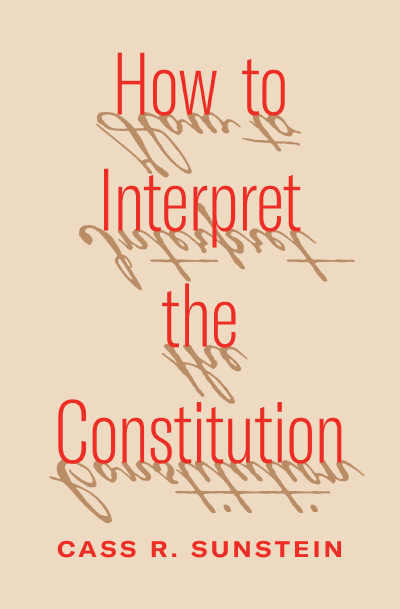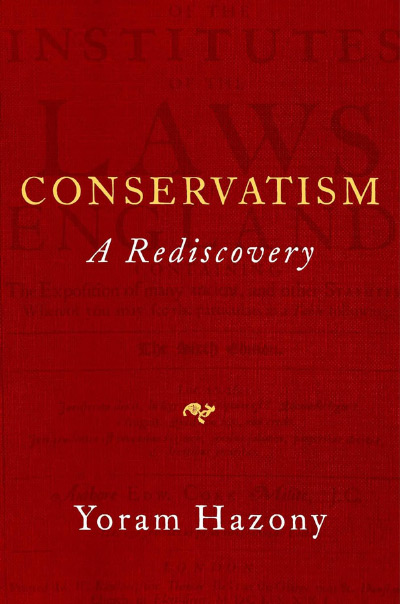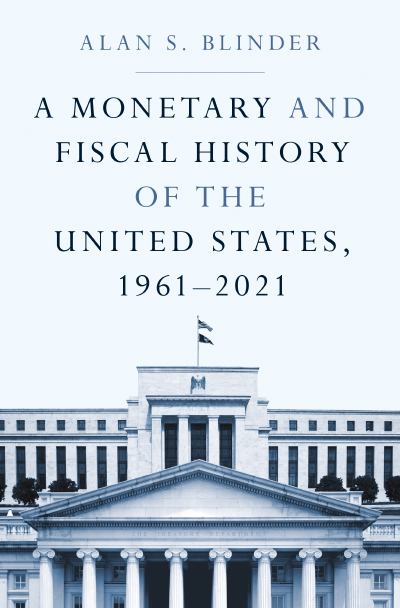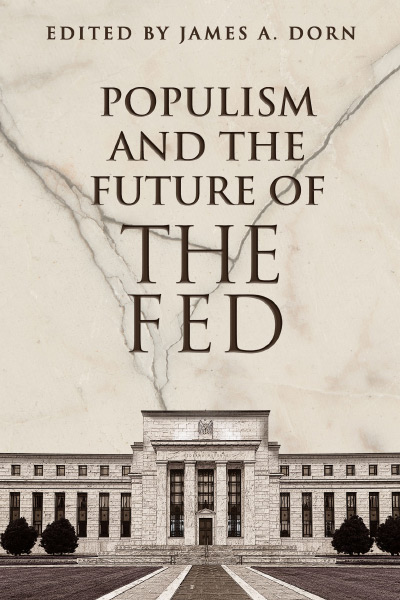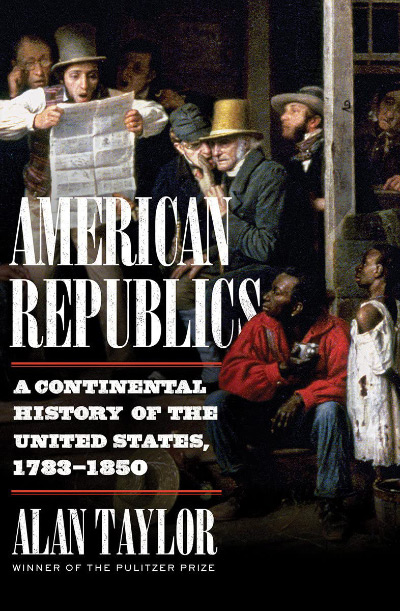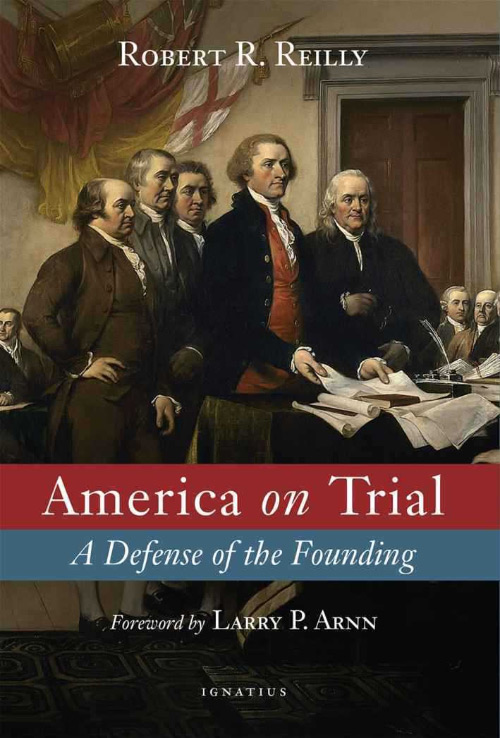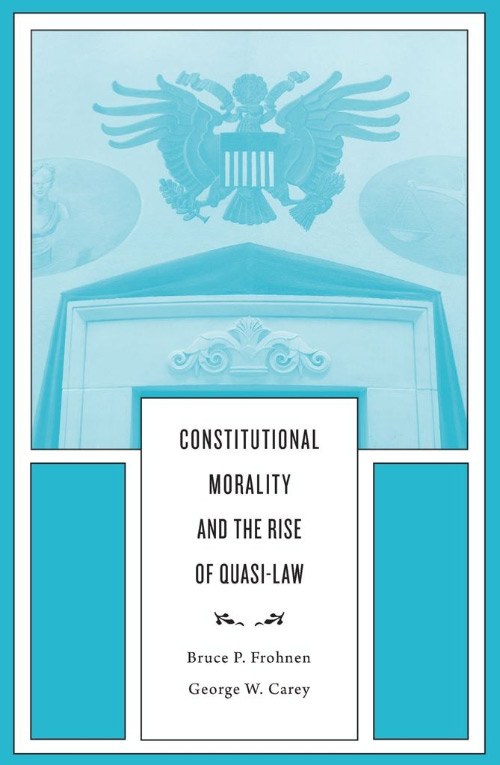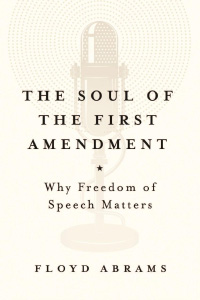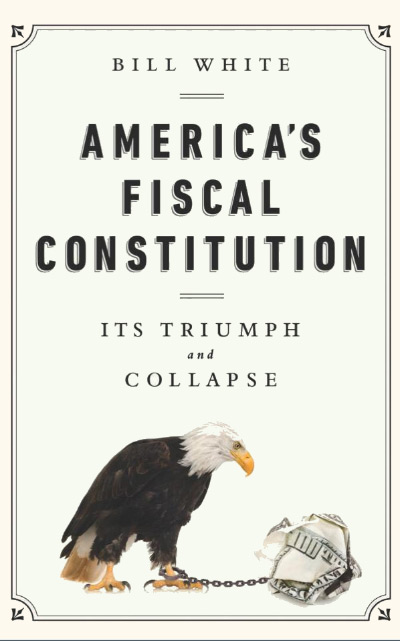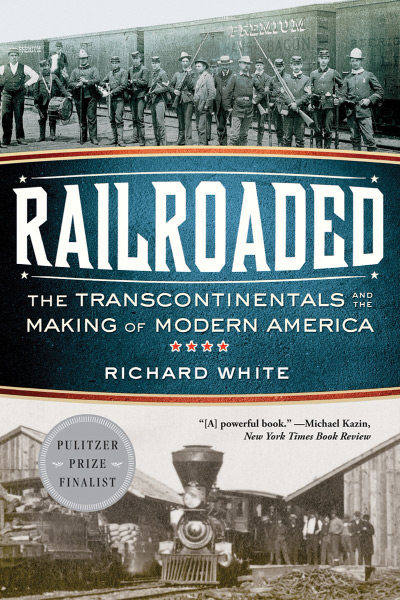In his book Law’s Empire (1998, Oxford: Hart Publishing), Ronald Dworkin touted the mythical Judge Hercules who employed a creative interpretation of the law that eschewed original intent. Judge Hercules searched for core principles—grounded in morality—to be balanced in a way to shed the most positive light on our legal system. He then applied the principles to cases and controversies before him and issued a ruling he believed to be morally supportable. If history and tradition were incongruent with Judge Hercules’ moral compass, he would not allow them to prevent him from reaching the supposed one right answer.
Dworkin’s theory of law is ascendent on the Left and much of what passes for progressive legal scholarship is merely a footnote to Dworkin’s work or a clumsy restatement of his principles. For example, Adrian Vermeule in his Common Good Constitutionalism (2022, Medford, Mass.: Polity Press) argues that provisions of the federal Constitution such as the General Welfare Clause should be interpreted broadly to confer comprehensive authority to promote Americans’ health, safety, and right relationship with the natural environment. The Framers’ limited federal government with few and defined powers must remain in the dustbin of history. Vermeule claims common good constitutionalism would be a revival of the classical tradition, but it is no more than a smokescreen to give Judge Hercules another tool to reach an outcome congruent with the Left’s vision of morality or the good.
Cass Sunstein’s new book How to Interpret the Constitution is the latest reprisal of Dworkinian jurisprudence. Judge Hercules’ core principles are labeled “fixed points” by Sunstein (p. 10). Included in his fixed points are “convictions about what is good or right in particular cases” that “must play a central role in the choices about the right theory of constitutional interpretation” (p. 15). While Dworkin seeks to shed the best light on a legal principle, Sunstein avers that a theory of interpretation is superior “that would make the American constitutional order better rather than worse” (p. 8). According to Sunstein, constitutional law must be “rooted in a common law process, one of case-by-case decision making, in which identifiable moral aspirations and commitments play a central role” (p. 164). Sunstein uses different terminology than Dworkin does, but this terminology cannot hide the recasting of Dworkin’s primary theory set forth in Law’s Empire and other works.
Much of Sunstein’s book is not an argument for Dworkinian principles, but a lecture on why originalism (whether original public meaning, the intent of the Framers, or semantic originalism) is bad. The Framers, ratifiers, and voting public, Sunstein tell us, largely excluded blacks and women. How can we be beholden to such an exclusive group? Moreover, an originalist approach, the author fears, would be incongruent with cases such as Griswold v. Connecticut (1965) (finding a constitutional right to privacy permitting married couples to use contraceptives) and Obergefell v. Hodges (2015) (declaring homosexual marriage to be a fundamental right). The results of Griswold and Obergefell are fixed points for Sunstein. Any theory of interpretation that does not protect such points is heretical.
In complaining about the homogeneity of the constitutional actors in 1787, Sunstein forgets (or ignores) that until the American experiment most people in the world had no agency in choosing a form of government and could not imagine limiting their governments by adopting a written charter. The novelty of the people electing special conventions to exercise the constituent power (ultimate sovereignty) does not merit discussion in the book. The exercising of ultimate sovereignty—albeit by a select group of the people—should inspire awe and respect for their work rather than Sunstein’s dismissive attitude.
Sunstein recounts how he cried when taking an oath to support the Constitution after being appointed to a high federal position. Unfortunately, we would not get a similar reaction from him when reading the second article in Virginia’s declaration of rights: “That all power is vested in, and consequently derived from, the people; that magistrates are their trustees and servants, and at all times amenable to them” (1776, Virginia Declaration of Rights, art. II). Those words embody the spirit of our Revolution, but because an eighteenth-century people would not have embraced abortion on demand or other fixed points cherished by Sunstein, they must be dismissed and replaced by the idol of self-actualization as expressed by the likes of retired Justice Anthony Kennedy: “At the heart of liberty is the right to define one’s own concept of existence, of meaning, of the universe, and of the mystery of human life” (1992, Planned Parenthood of Southeastern Pa. v. Casey, 505 U.S. 833, 851 ).
Sunstein cannot imagine a constitutional world in which the Supreme Court does not decide major issues in the realm of abortion, criminal procedure, and marriage law. He has no faith in the democratic process and does not trust the people to make decisions about these matters. Sunstein could never endorse the late Antonin Scalia’s vison of the American democracy:
The virtue of a democratic system with a First Amendment is that it readily enables the people, over time, to be persuaded that what they took for granted is not so, and to change their laws accordingly. That system is destroyed if the smug assurances of each age are removed from the democratic process and written into the Constitution. So, to counterbalance the Court’s criticism of our ancestors, let me say a word in their praise: They left us free to change. The same cannot be said of this most illiberal Court. (1996, United States v. Virginia, 518 U.S. 515, 567 [Scalia, J., dissenting]).
Sunstein details how he lives in a historical home in Concord, Massachusetts, that predates the American Revolution. He praises a previous occupant for service as a minuteman and the efforts to defeat the British in the War for Independence. Sunstein seems to admire this patriot but ultimately rejects that this brave man and his colleagues—many of whom adopted the U.S. Constitution—could have more wisdom and honor than a modern judge. The people, whether minutemen at Concord or deplorables in the heartland, should know their place and trust Ivy Leaguers in black robes in selecting fixed points and advancing them.
Like most liberal scholars, Sunstein traces originalism back to the 1980s with efforts to undo the jurisprudence of the Warren Court. He is oblivious that arguments for originalism have been around since the early days of the republic and were embraced by leading statesmen of the Founding generation. For example, during the controversy over the Bank of the United States in the early 1790s, James Madison (often called the Father of the Constitution) instructed his colleagues in the House of Representatives that constitutional interpretation should be guided by “the meaning of the parties to the instrument” as found in “[c]ontemporary and concurrent expositions” (1791, James Madison’s Speech on the Bank Bill , reprinted in Lance Banning, ed., Liberty and Order: The American Party Struggle 74 [2004, Indianapolis, Ind.: Liberty Fund). Like his friend Madison, Thomas Jefferson advocated for originalism in constitutional interpretation. In a letter written in 1823 to Associate Justice William Johnson who he had nominated to the Supreme Court nineteen years earlier, Jefferson stated that “[o]n every question of construction [we should] carry ourselves back to the time when the Constitution was adopted, recollect the spirit manifested in the debates ... instead of trying what meaning may be squeezed out of the text, or invented against it” (1823, Thomas Jefferson to William Johnson, reprinted in Virginia Commission on Constitutional Government, ed., We the States 269 [1964, Richmond, Va.: William Byrd Press, Inc.]).
Jefferson and Madison looked at how the Constitution was sold to the people. What assurances were made? How did the people understand the document’s language? In essence, the debate over the Constitution centered on whether the new federal government would be consolidated and possessing boundless power over the people and states or whether it would be limited and acting only on matters such as foreign affairs and foreign commerce. Today, our constitutional interpretation should be guided by the same principles articulated by Jefferson and Madison. Is the federal government omnipotent or is it restricted by the written provisions of the Constitution as adopted by the people?
Dworkin, Vermeule, and Sunstein assume the government is almighty and reject any theory that considers the scope of its power. They do not ask whether the government has the power to do “X.” They assume it does and focus the debate on whether “X” is a positive, i.e., sound public policy. Consequently, they reject originalism and vilify it in their books and articles.
Originalism restricts the likes of Judge Hercules and leaves sundry matters to the democratic process as carried on in state and local government. Originalism promotes an engaged citizenry and healthy debates among the people. It recognizes that there can be more than one right answer. Such a theory is profane to Sunstein and the collection of elites at the Harvard School of Law.
| Other Independent Review articles by William J. Watkins, Jr. | ||
| Fall 2021 | Chaining Down Leviathan: The American Dream of Self-Government, 1776–1865 | |
| Summer 2021 | The Constituent Power as a Remedy for the Administrative State | |
| Spring 2021 | America on Trial: A Defense of the Founding | |
| [View All (8)] | ||



